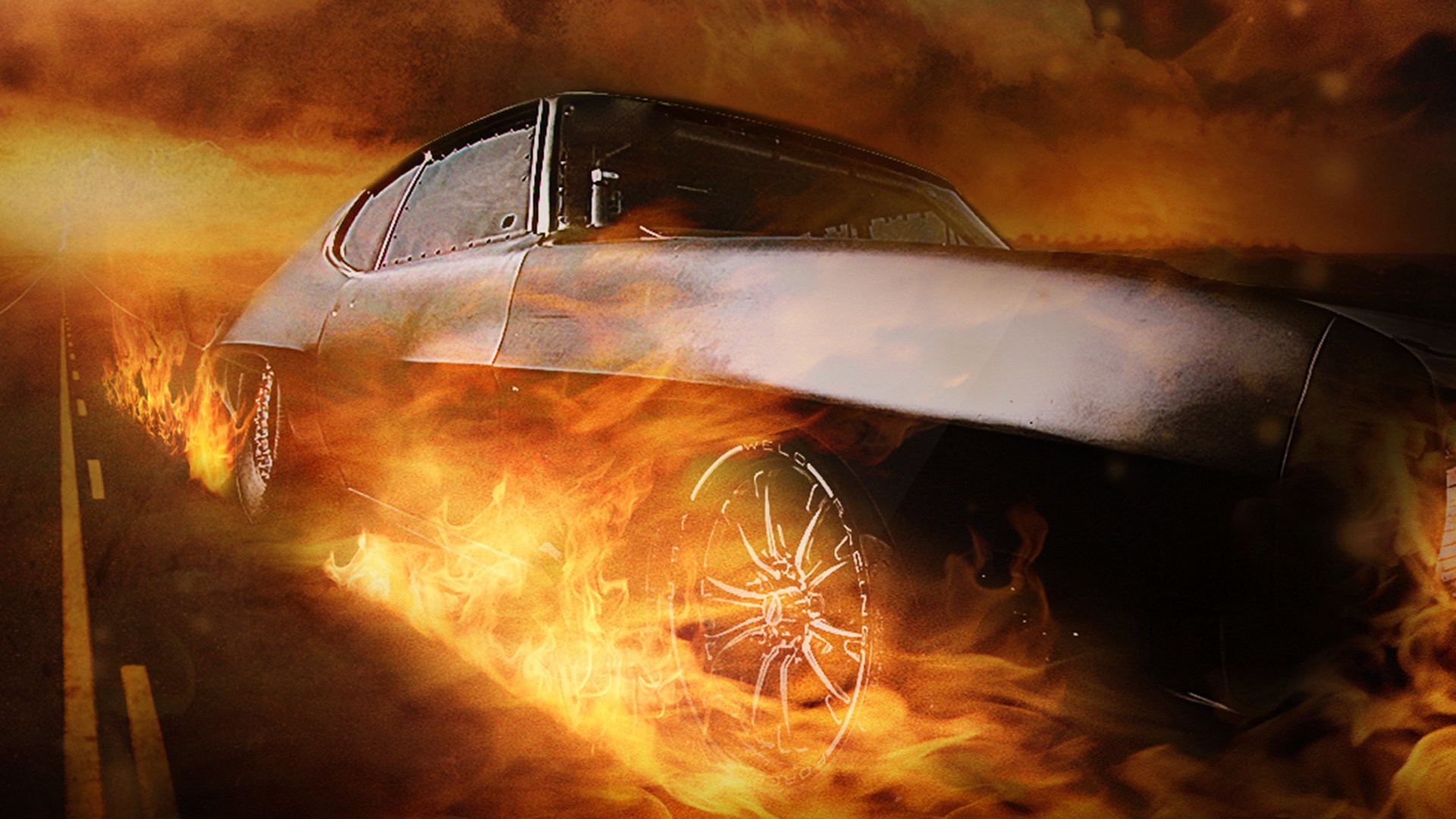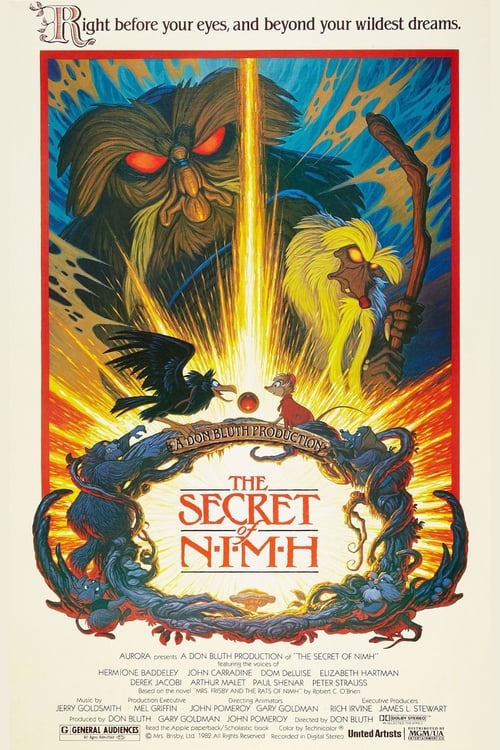

Such changes are immediately saved when complete, so typing into a field causes that text to be stored to the stack's physical file. The system operates in a largely stateless fashion, with no need to save during operation.

This is in common with many database-oriented systems, although somewhat different from document-based applications.

The final key element in HyperCard is the script, a single code-carrying element of every object within the stack. The script is a text field whose contents are interpreted in the HyperTalk language. Like any other property, the script of any object can be edited at any time and changes are saved as soon as they were complete. When the user invokes actions in the GUI, like clicking on a button or typing into a field, these actions are translated into events by the HyperCard runtime. The runtime then examines the script of the object that is the target of the event, like a button, to see if its script object contains the event's code, called a handler. "HyperCard Mania!" Computer Chronicles, 1987 ( Internet Archive) If it does, the HyperTalk engine runs the handler if it does not, the runtime examines other objects in the visual hierarchy. These concepts make up the majority of the HyperCard system stacks, backgrounds and cards provide a form-like GUI system, the stack file provides object persistence and database-like functionality, and HyperTalk allows handlers to be written for GUI events.


 0 kommentar(er)
0 kommentar(er)
